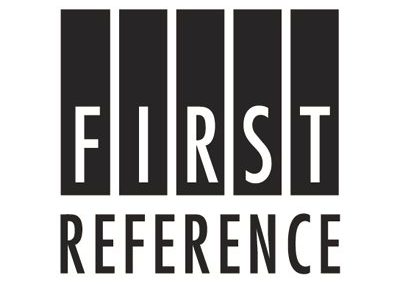On Oct. 27, 2015, the Ontario government tabled its Sexual Violence and Harassment Action Plan Act (Bill 132), which, among other things, amends the Occupational Health and Safety Act (OHSA). Bill 132 must receive second and third reading and proclamation before it becomes law. Given the fact the Liberal government has a majority and has been advertising its intention to introduce this bill for many months, I believe it is likely that it will become law.
Bill 132 provides for an expanded definition of workplace harassment
Under Bill 132, the definition of “workplace harassment” under OHSA will expand to include “workplace sexual harassment,” which will be defined as follows:
- engaging in a course of vexatious comment or conduct against a worker in a workplace because of sex, sexual orientation, gender identity or gender expression, where the course of comment or conduct is known or ought reasonably to be known to be unwelcome, or
- making a sexual solicitation or advance where the person making the solicitation or advance is in a position to confer, grant or deny a benefit or advancement to the worker and the person knows or ought reasonably to know that the solicitation or advance is unwelcome.
Bill 132 contains no explicit protection for non-gender based harassment
This definition is similar to the definition of harassment and sexual solicitation under the Ontario Human Rights Code (Code). Under Bill 132, there is no explicit protection for people who are harassed at work because of their race, ancestry, place of origin, colour, ethnic origin, citizenship, creed, age, record of offences, marital status, family status or disability.
Bill 132 legislates sexual harassment as a health & safety issue
When Bill 132 becomes law, employees will have more protection from sexual harassment under Ontario’s health and safety law than under the province’s human rights law. The government could have amended the Code to achieve its objectives but decided to address sexual harassment as a safety issue under OHSA.
Here are three main features of Bill 132:
1. Bill 132 creates a new statutory duty for employers to investigate “incidents and complaints” of workplace sexual harassment. There is no such statutory duty under the Code. Investigations are not limited to formal complaints.
2. A Ministry of Labour inspector can order an employer to conduct an investigation by a third party at the employer’s expense. This could happen if an employee makes her employer aware of an incident of workplace sexual harassment and the employer fails to investigate. It could also happen if an inspector finds that the employer’s investigation was biased, or the internal investigator failed to interview the necessary parties, or was otherwise flawed. For the law to be effectively enforced, I believe the Ministry of Labour (MOL) will need to invest considerable dollars training its inspectors on sexual harassment issues because these inspectors do not currently address human rights issues.
3. The harasser and harassee must be informed in writing of the results of the investigation and of any corrective action that has been taken or will take place as a result of the investigation. Employers are not currently required to prepare written reports, or inform the harasser or harassee of the results of an investigation although employers normally inform the harassee of the results of an investigation.
Here are three recommendations if Bill 132 is passed into law:
1. For employers with six or more employees, your workplace harassment policy must be reviewed annually. Once Bill 132 is passed into law, you must update this policy.
2. Someone in your organization should receive training on investigating workplace harassment complaints; otherwise, the costs of outside investigators could be considerable. In addition, you need to train all supervisors on workplace harassment so they can identify “incidents and complaints” of workplace harassment; otherwise incidents of workplace harassment (as opposed to complaints) could be missed and the MOL could order an investigation by an outside investigator at your organization’s expense. Furthermore, under Bill 132 an employer is required to provide a worker information and instruction that is appropriate for the worker on the contents of the policy and program with respect to workplace harassment.
3. Your organization should prepare a policy on workplace investigations that complies with Bill 132, or amend your current policy to do so. When doing so, you need to decide the investigator’s mandate given the fact that your organization must disclose the results of the investigation to the person who has been allegedly harassed. Keep in mind that the results of the investigation can be used by the person who has been allegedly harassed in legal proceedings against your organization. In this regard, an adjudicator under the Code and a judge recently awarded an employee $150,000 and $300,000, respectively, for being sexually harassed/assaulted at work.



















